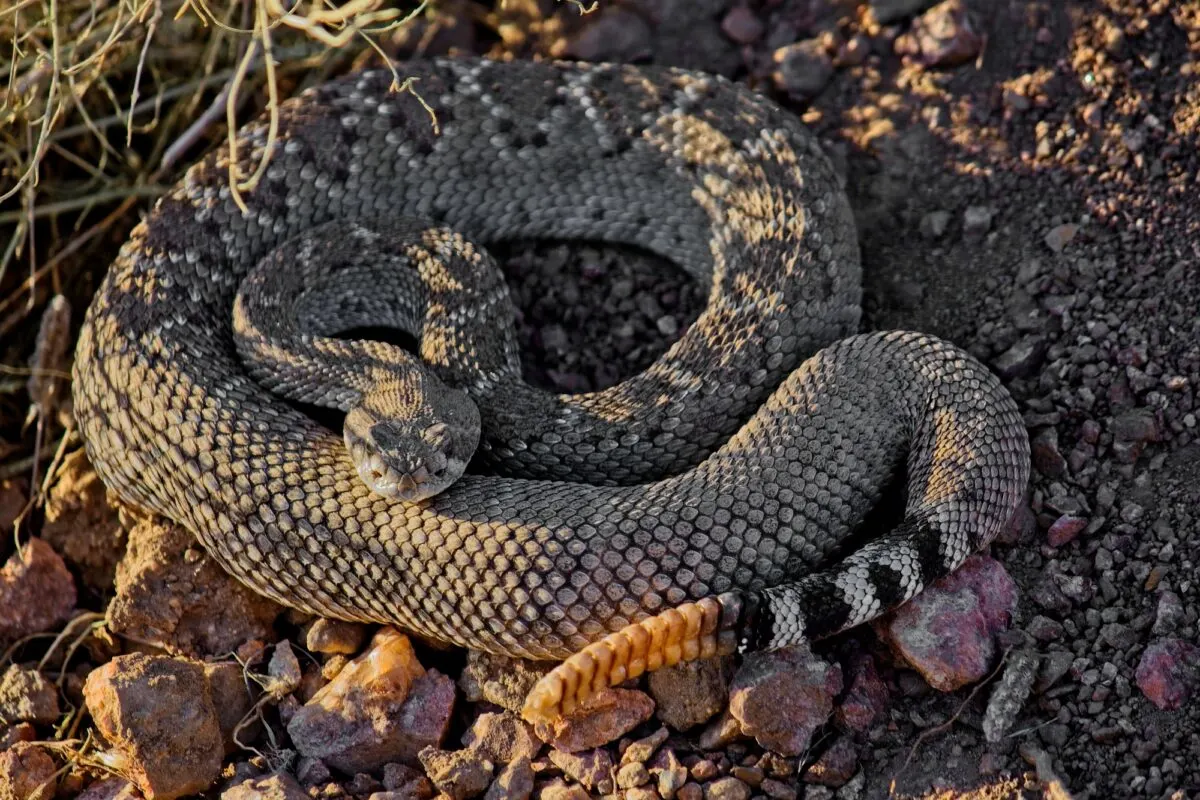The western diamondback rattlesnake is one of the most dreaded animals in North America. Sadly, a bite from one can prompt severe clinical issues and even demise if that is not treated as expected. In this blog post, we will explore the effects of a potential western diamondback rattlesnake bite and discuss how best to deal with it should you ever encounter one. We will also look at why these snakes are dangerous and measures to take to avoid getting bitten in the first place. By learning more about western diamondbacks and their bites, you can better protect yourself against them and be ready should you ever come into contact with one.
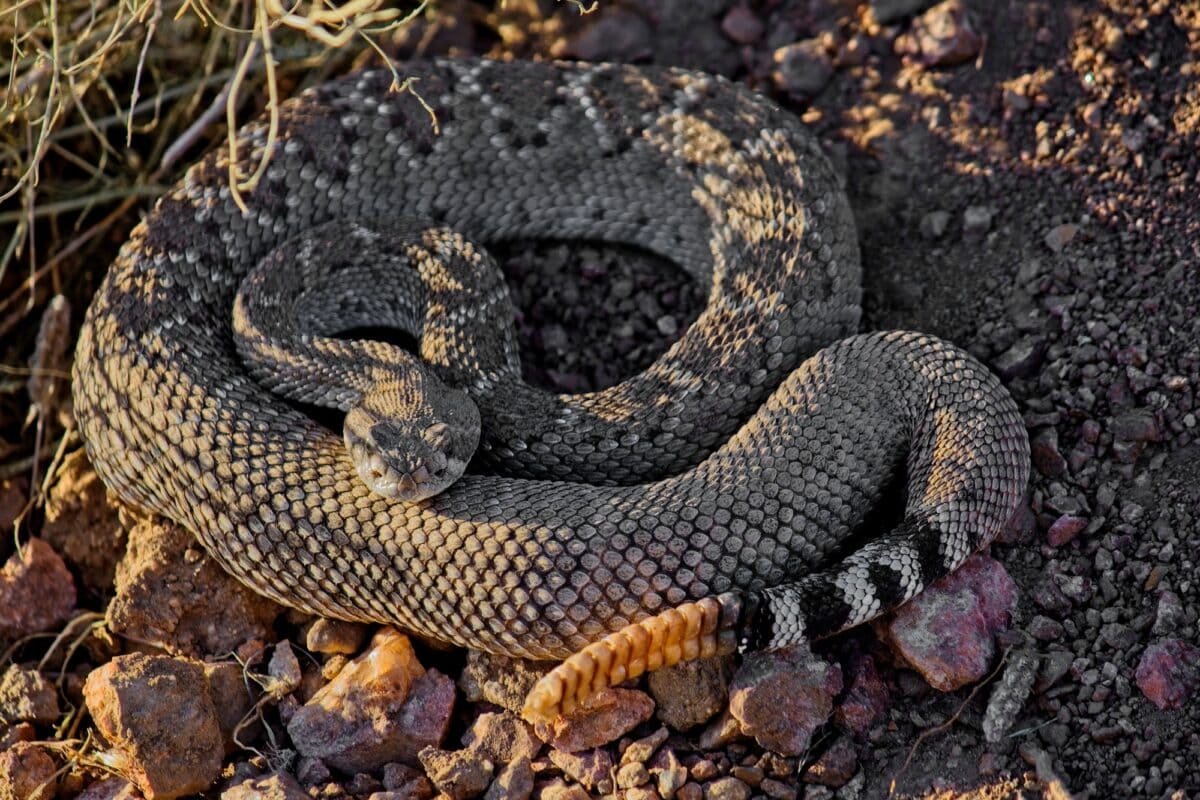
Want to jump ahead? Click below
Learn how to identify the Western diamondback rattlesnake.
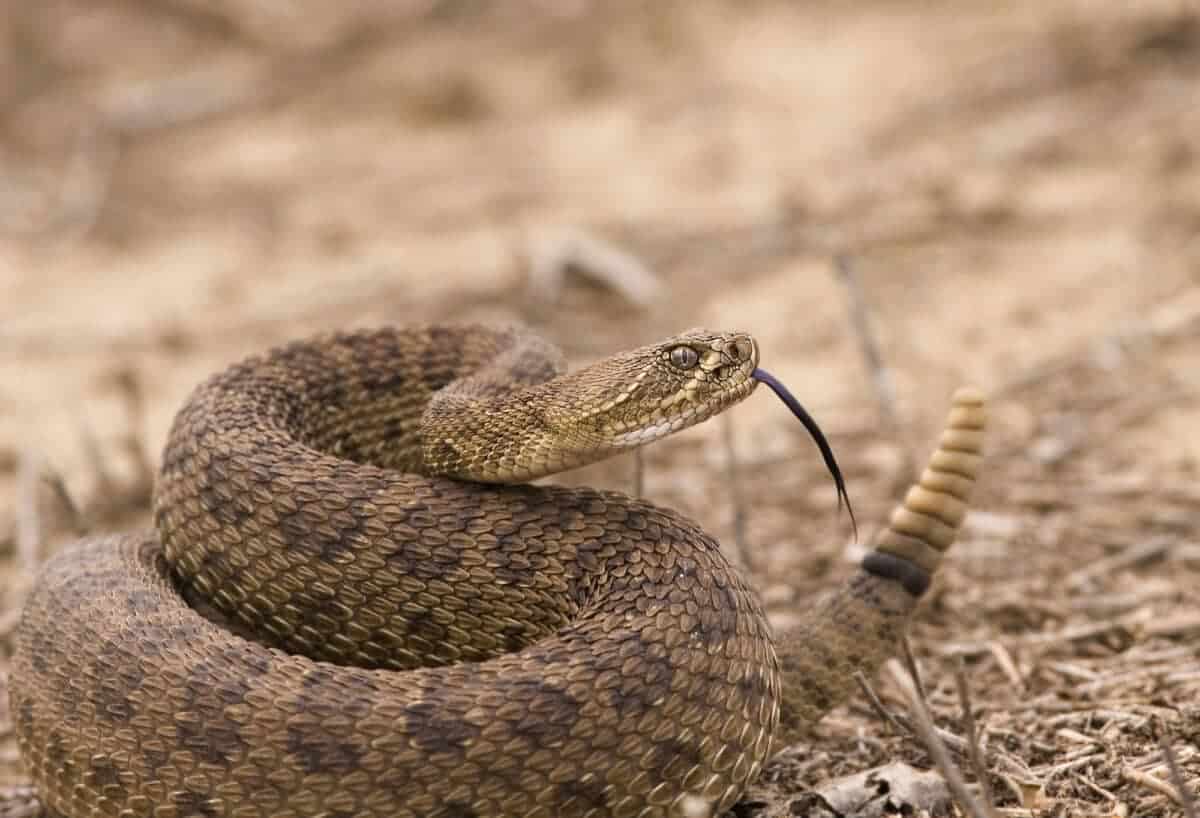
The Western diamondback rattlesnake is a venomous reptile; this snake is easily identifiable due to the distinct diamond-shaped pattern on its back and its unique rattle on its tail. Though this snake can be dangerous, it is essential to understand its behavior and habitats to avoid unwanted encounters. Learning how to identify the Western diamondback rattlesnake can be a valuable skill for those who live in its natural habitat or those who enjoy exploring nature. So if you’re heading out West and want to stay safe, educate yourself on this fascinating and potentially dangerous snake.
Western Diamondback Rattlesnake Habitat and Characteristics
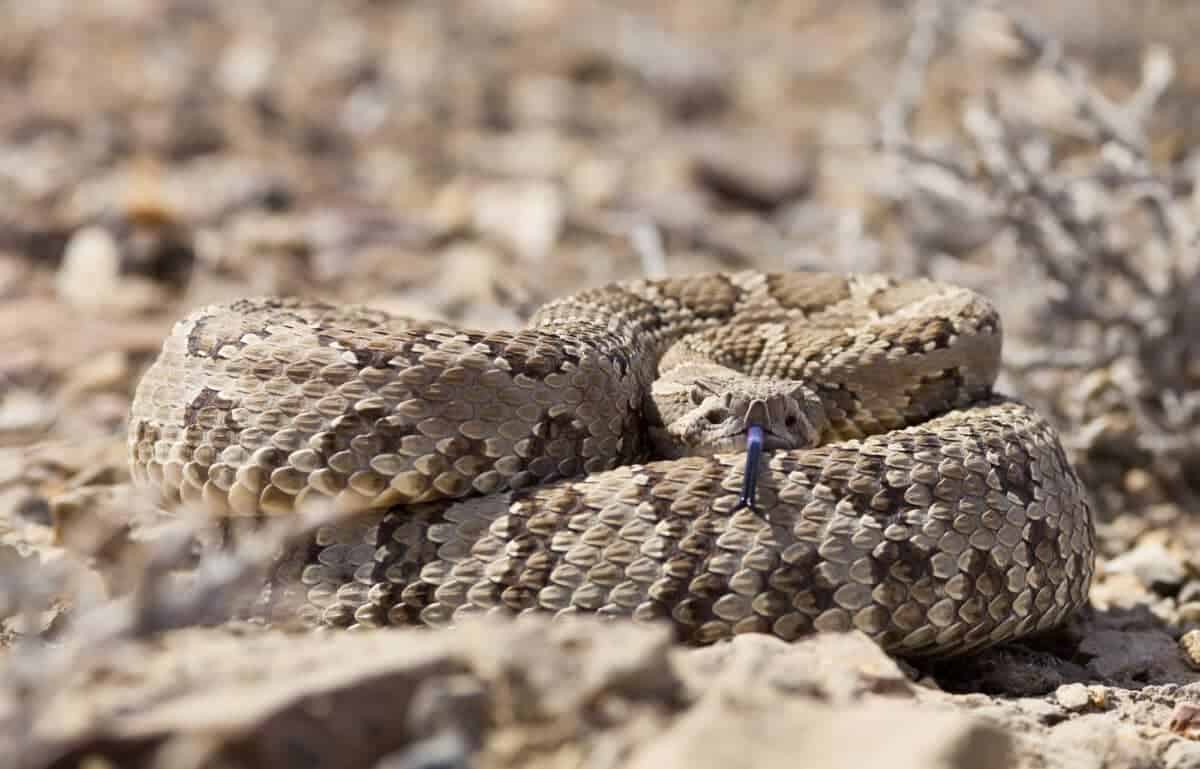
The Western Diamondback Rattlesnake is a fascinating but dangerous creature known for its lethal venom and distinctive rattling tail. Here are some primary features and characteristics of these snakes:
- Habitat
The Western Diamondback Rattlesnake is tracked down all through the southwestern US and northern Mexico, possessing different conditions from deserts, rough slopes, grasslands, and scrublands. They prefer dry regions with temperatures between 80 and 90 degrees Fahrenheit.
- Physical Characteristics
The Western Diamondback Rattlesnake’s body has a pattern of diamond-shaped scales that are tan, gray, and brown. They have three-sided heads and enormous teeth that can infuse venom into their prey.
- Behavior and Diet
Western Diamondback Rattlesnakes are generally docile if left undisturbed. However, if they feel threatened, they will rattle their tail and hiss before striking. These snakes are carnivorous, and their diet consists of small mammals, birds, lizards, and occasionally even other snakes. They have several adaptations that aid in capturing prey, such as their heat-sensing pits, which enable them to detect body heat from their prey.
They have distinctive physical characteristics, and their primary diet includes small animals like rodents and reptiles.
Understand the different stages of a rattlesnake bite.
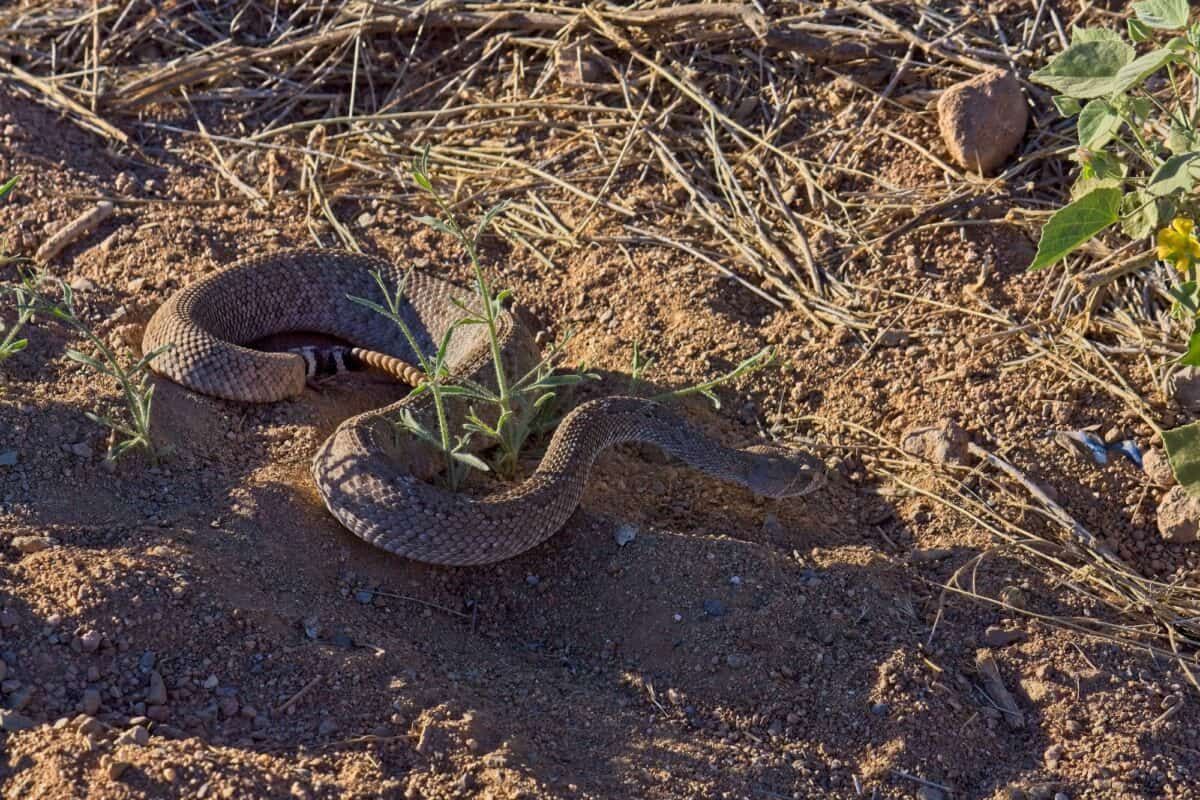
Rattlesnake bites can be a frightening and potentially life-threatening experience, but understanding the different stages of the bite can help you stay calm and respond appropriately. The first stage is the bite, which can cause immediate pain and swelling; This is followed by the venom spreading through your body, which can cause symptoms like nausea, sweating, and difficulty breathing, and the final stage is treatment. By knowing what to expect at each stage of a rattlesnake bite, you can take steps to stay safe and seek proper medical attention if necessary.
Western Diamondback Rattlesnake Bite: Symptoms and Effects
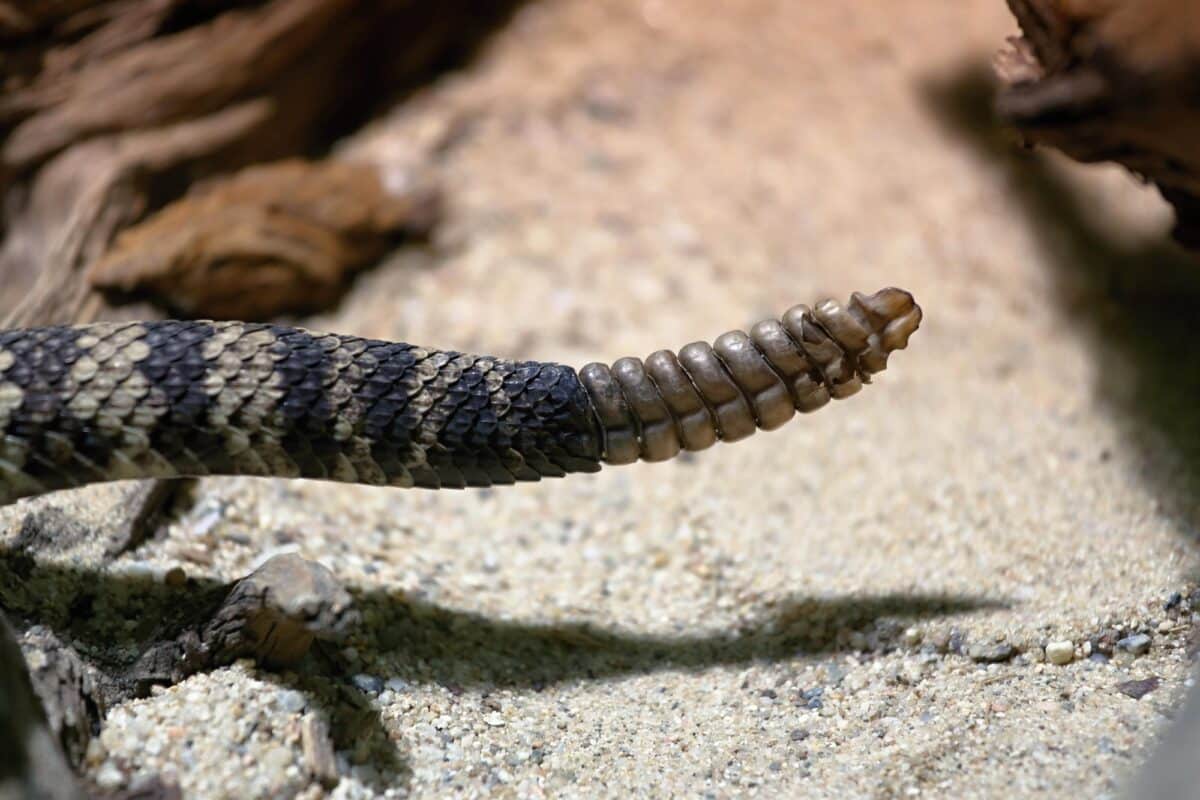
A Western Diamondback Rattlesnake bite can cause severe symptoms and harmful bodily effects. If bitten by this snake, it’s critical to identify the symptoms of the bite and seek medical attention immediately.
- Initial Symptoms of the Bite
Initial symptoms of a Western Diamondback Rattlesnake bite typically include sharp pain, swelling, and bleeding at the bite site. Additional symptoms include nausea, vomiting, abdominal pain, and difficulty breathing.
- Effects of the Venom on the Body
The venom of a Western Diamondback Rattlesnake comprises various enzymes and proteins that can cause tissue damage, disrupt blood clotting, and decrease blood pressure, resulting in serious complications such as shock, organ failure, and even death.
- Long-term Effects of the Bite
Individuals who survive a Western Diamondback Rattlesnake bite may face long-term effects, including scarring, tissue damage, reduced range of motion in the affected limb, and chronic pain. Prompt medical attention is necessary to minimize these long-term effects and prevent potential organ damage.
Treatment for Western Diamondback Rattlesnake Bite
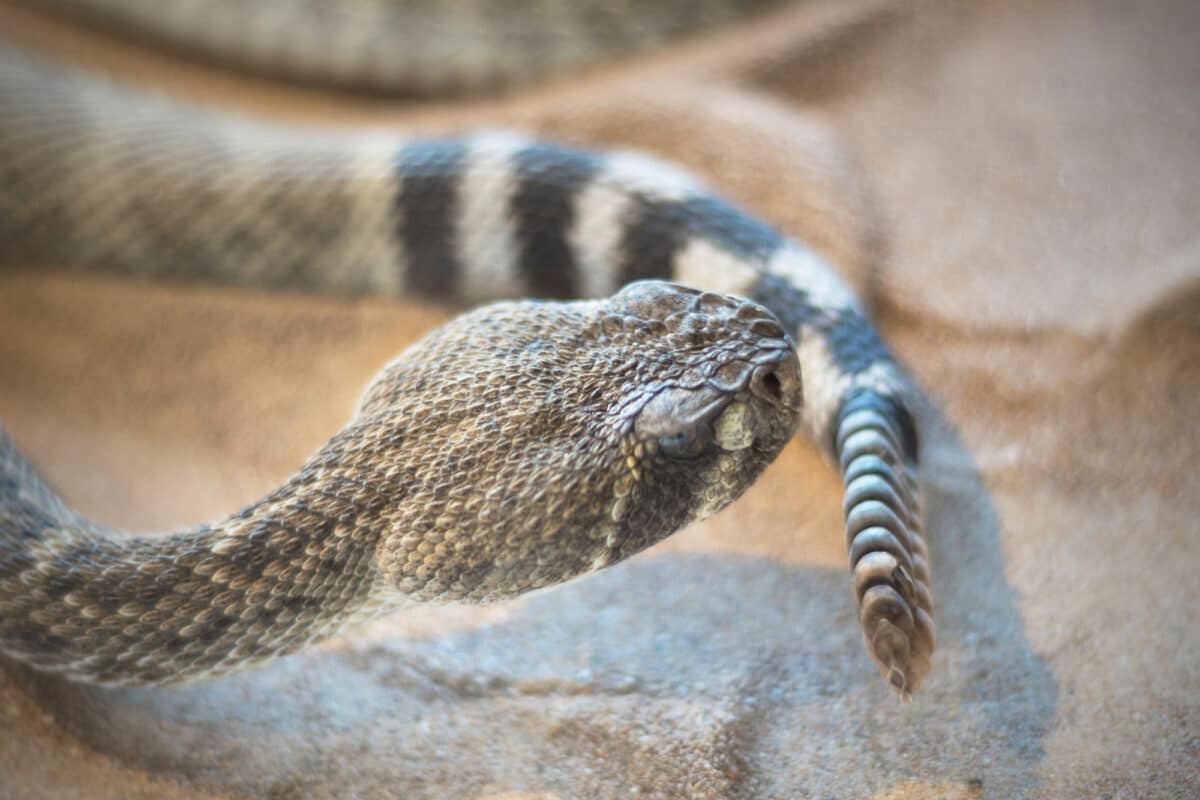
If bitten by a Western Diamondback rattlesnake, immediate medical attention is necessary. However, before medical attention arrives to minimize the effects of the venom, The first step is immobilizing the affected limb and keeping it below heart level. Next, remove any tight clothing or jewelry around the affected area, which can impair lymphatic flow. Do not try to suck out the venom or cut the wound, as these actions can cause more harm than good. Avoid drinking alcohol or taking any medication without medical advice, as this can increase blood flow and speed up venom distribution. Applying a compression bandage or ice to the bite is discouraged, as they do not help with snake venom and can worsen tissue damage. The definitive treatment is to administer antivenom medication in a hospital setting. Remember, prompt medical attention is essential and can save a life.
Prevention of Western Diamondback Rattlesnake Bite
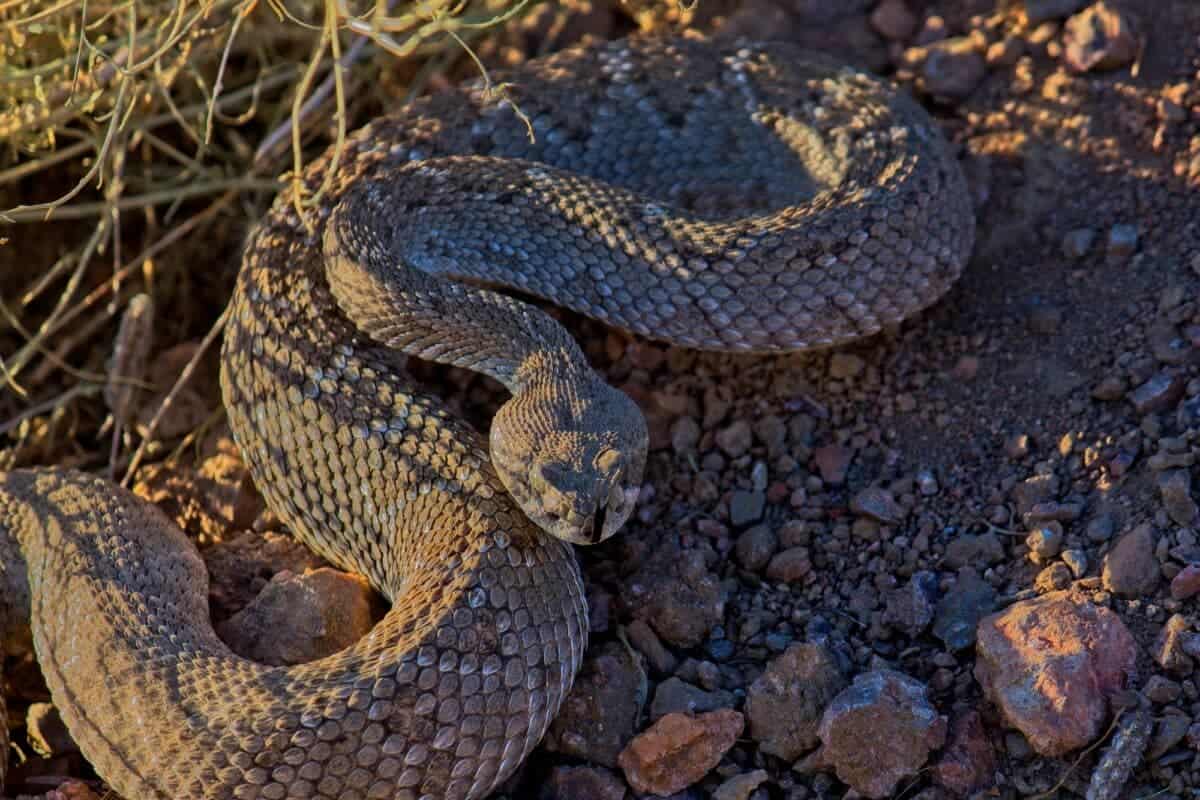
Preventing encounters with Western Diamondback Rattlesnakes is the best approach to avoiding bites and potential complications. Here are some precautions that can help in preventing a deadly bite:
- Avoiding Encounters with the Western Diamondback Rattlesnake
Western Diamondback Rattlesnakes are mostly in their natural habitats, like deserts and grasslands. Avoid walking or hiking in hidden locations where snakes can hide, such as rocky crevices, tall grasses, or underbrush. Snakes can hide in various environments, so always watch where you walk or sit.
- Precautions to take when in Western Diamondback Rattlesnake territory
Wearing protective boots and long pants can reduce the risk of a bite in rattlesnake territory. Avoid placing your hands and feet where you cannot see.
- What to do in case of a Western Diamondback Rattlesnake encounter
If you come across a Western Diamondback Rattlesnake, slowly move away from the snake without making sudden movements. Do not attempt to handle the snake, even if it seems docile or injured. If you get bitten, seek medical attention at a hospital immediately.
Taking these precautions and being alert in rattlesnake territory can significantly reduce the chances of a Western Diamondback Rattlesnake bite.
Key Points
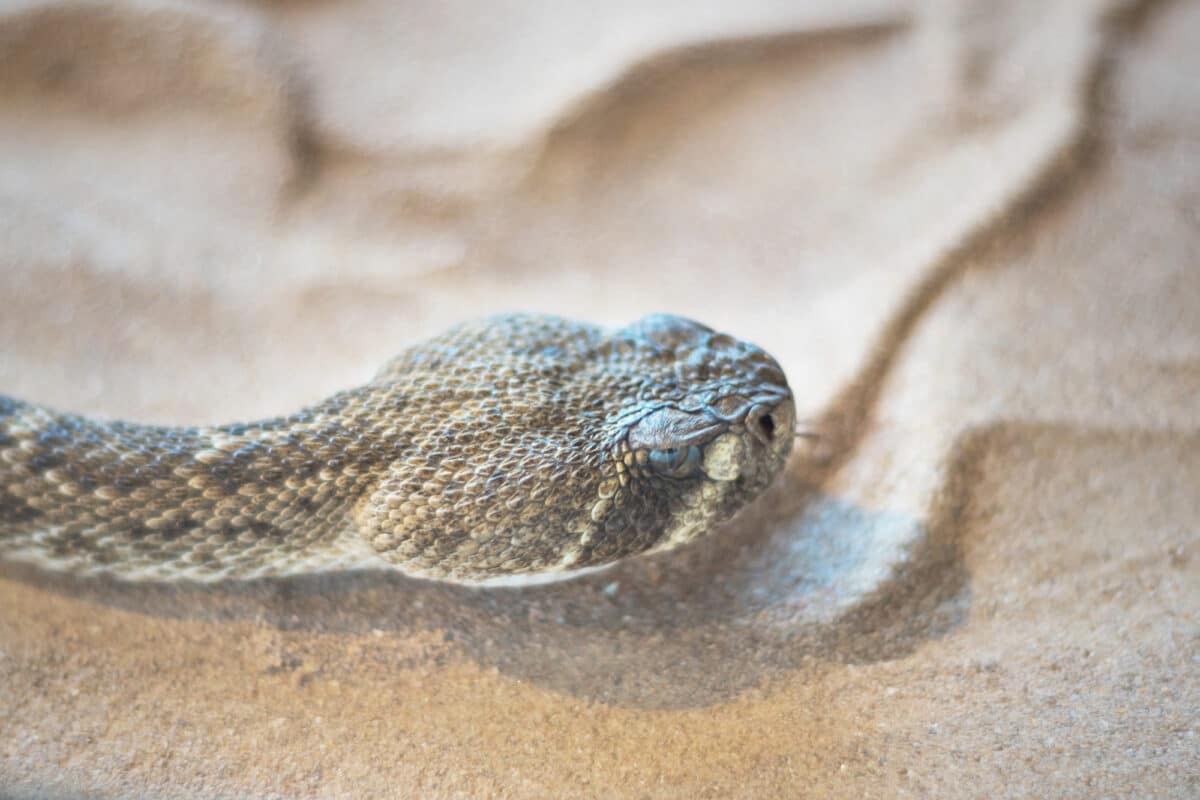
| Western Diamondback Rattlesnake is a venomous reptile that can be found in the western parts of North America |
| It is essential to learn how to identify the Western diamondback rattlesnake to avoid unwanted encounters |
| Western Diamondback Rattlesnakes have physical characteristics that include diamond-shaped scales, triangular heads, and large fangs |
| They are generally docile but can be dangerous if they feel threatened |
| Rattlesnake bites have different stages, and understanding them can help stay calm and respond appropriately |
| Symptoms of a Western Diamondback Rattlesnake bite include sharp pain, swelling, and bleeding at the bite site, nausea, vomiting, abdominal pain, and difficulty breathing |
| The venom of a Western Diamondback Rattlesnake can cause tissue damage, disrupt blood clotting, decrease blood pressure, and result in serious complications such as shock, organ failure, and death |
| Immediate medical attention is necessary if bitten by a Western Diamondback Rattlesnake, and antivenom medication should be administered in a hospital setting |
| Precautions such as learning to identify the snake, avoiding its natural habitat, and wearing protective clothing can help in preventing encounters with Western Diamondback Rattlesnakes |
Wrapping Up with Western Diamondback Rattlesnake Bite
In conclusion, understanding the Western diamondback rattlesnake and its bite, as well as being able to identify its symptoms and signs, is paramount for safety. Additionally, avoiding contact with wild animals is always best– even though a snake bite may happen suddenly and without warning. Being mindful of a rattlesnake bite’s different stages can save your life or reduce damage when medical attention is taken immediately. Remember that knowledge about wildlife is crucial to stay safe and healthy!
Thanks for following along with me! I hope you enjoyed reading about these two entertaining animals. Next are Discover Timber Rattlesnake Bite, Discover Mojave Rattlesnake Bite and Eastern Diamondback Rattlesnake Bite.
- Bald Eagle Family Expand Their Nest In California - April 24, 2024
- Firefighter Saves Abandoned Kittens Found Cuddling In Hoses - April 24, 2024
- Dolphins Get High Playing Catch With A Pufferfish - April 24, 2024

